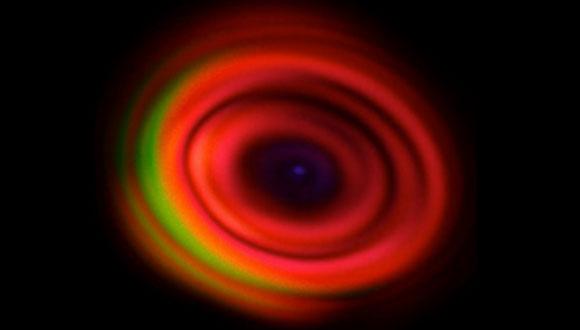LMI Seminar: Probing Nonlinear Dynamics in Strongly Driven Quantum Materials
Dr. Alexander von Hoegen, Department of Physics at MIT
Abstract:
The intricate phase diagrams and peculiar material properties of the so-called strongly correlated material are determined by the fine energy balance of competing degrees of freedom, such as structural, electronic or magnetic. The possibility of enhancing desirable functional properties in these materials using mode-selective electromagnetic drives has motivated a series of studies to investigate the interplay between the microscopic lattice and electronic degrees of freedom and to find ways for their ultra-fast optical manipulation. First experiments achieved this type of control through nonlinear coupling between a resonantly driven infrared active mode and a second mode which is interconnected with a macroscopic material property. We used this pathway to transiently reverse the polarization state of the ferroelectric LiNbO3 and studied the ensuing dynamics using time-resolved second harmonic generation (tr-SHG). The amplitude and phase sensitive detection of the lattice dynamics revealed a transient reversal of the polarization state and allowed us to reconstruct the lattice potential energy.
In high-Tc cuprates, a similar large amplitude excitation of an infrared active lattice vibration has been shown to induce transient features in the reflectivity suggestive of non-equilibrium superconductivity. We measured time- and scattering angle-dependent second-harmonic generation in YBa2Cu3O6+x after exciting the apical oxygen vibration that transiently induces a superconductor-like terahertz reflectivity. We observed a 2.5-THz electronic mode invisible in other measurements, which displays a unique symmetry, momentum, and temperature dependence. We identify this mode to be a Josephson plasmon polariton, a conclusion compatible with the previously observed transient superconductor-like terahertz reflectivity.


